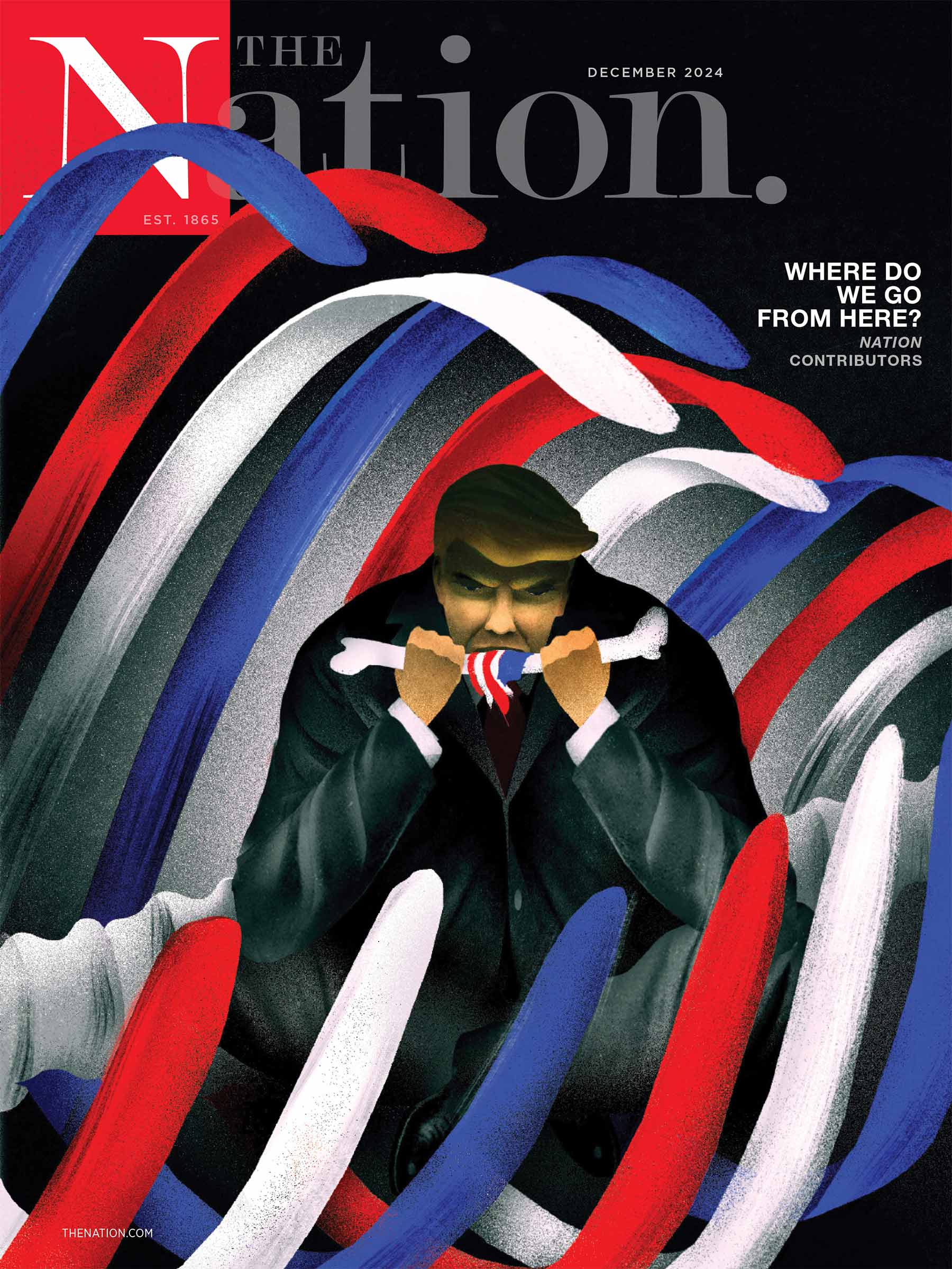A baccalaureate should be an occasion to celebrate the present and express optimism about the future, but I must come to you today with very bad news about Russia, my subject of study, and therefore with great alarm about the future. If America’s post-cold war triumphalism has led you to believe we are now safer than we were before, I recommend an adage Russians use only partly in jest: “An optimist is an uninformed pessimist.”
The bad news is this: Because of what has happened in Russia since the end of the Soviet Union ten years ago, you are graduating into a world more dangerous than ever before. For the first time in history, a fully nuclearized nation is in a process of collapse. The result is potentially catastrophic.
Most of Russia’s essential infrastructures–economic, social, technological–are in various stages of disintegration. The state is virtually bankrupt, unable to reinvest in those foundations or even regularly pay the wages and pensions of its own people. The country has been asset-stripped, impoverished and left on the verge of a “demographic apocalypse,” as a Moscow newspaper recently termed it. Technology is breaking down everywhere, from electricity and heating to satellites.
In these and other ways, Russia has been plunging back into the nineteenth century. And, as a result, it has entered the twenty-first century with its twentieth-century systems of nuclear maintenance and control also in a state of disintegration.
What does this mean? No one knows fully because nothing like this has ever happened before in a nuclear country. But one thing is certain: Because of it, we now live in a nuclear era much less secure than was the case even during the long cold war. Indeed, there are at least four grave nuclear threats in Russia today:
§ There is, of course, the threat of proliferation, the only one generally acknowledged by our politicians and media–the danger that Russia’s vast stores of nuclear material and know-how will fall into reckless hands.
§ But, second, scores of ill-maintained Russian reactors on land and on decommissioned submarines–with the destructive capacity of nuclear weapons–are explosions waiting to happen.
§ Third, also for the first time in history, there is a civil war in a nuclear land–in the Russian territory of Chechnya, where fanatics on both sides have threatened to resort to nuclear warfare.
§ And most immediate and potentially catastrophic, there is Russia’s decrepit early-warning system. It is supposed to alert Moscow if US nuclear missiles have been launched at Russia, enabling the Kremlin to retaliate immediately with its own warheads, which like ours remain even today on hairtrigger alert. The leadership has perhaps ten to twenty minutes to evaluate the information and make a decision. That doomsday warning system has nearly collapsed–in May, a fire rendered inoperable four more of its already depleted satellite components–and become a form of Russian nuclear roulette, a constant danger of false alarms and accidental launches against the United States.
Popular
"swipe left below to view more authors"Swipe →
How serious are these threats? In the lifetime of this graduating class, the bell has already tolled at least four times. In 1983 a Soviet Russian satellite mistook the sun’s reflection on a cloud for an incoming US missile. A massive retaliatory launch was only barely averted. In 1986 the worst nuclear reactor explosion in history occurred at the Soviet power station at Chernobyl. In 1995 Russia’s early-warning system mistook a Norwegian research rocket for an American missile, and again a nuclear attack on the United States was narrowly averted. And just last summer, Russia’s most modern nuclear submarine, the Kursk, exploded at sea.
Think of these tollings as chimes on a clock of nuclear catastrophe ticking inside Russia. We do not know what time it is. It may be only dawn or noon. But it may already be dusk or almost midnight.
The only way to stop that clock is for Washington and Moscow to acknowledge their overriding mutual security priority and cooperate fully in restoring Russia’s economic and nuclear infrastructures, most urgently its early-warning system. Meanwhile, all warheads on both sides have to be taken off high-alert, providing days instead of minutes to verify false alarms. And absolutely nothing must be done to cause Moscow to rely more heavily than it already does on its fragile nuclear controls.
These solutions seem very far from today’s political possibilities. US-Russian relations are worse than they have been since the mid-1980s. The Bush Administration is threatening to expand NATO to Russia’s borders and to abrogate existing strategic arms agreements by creating a forbidden missile defense system. Moscow threatens to build more nuclear weapons in response.
Hope lies in recognizing that there are always alternatives in history and politics–roads taken and not taken. Little more than a decade ago, Soviet leader Mikhail Gorbachev, along with President Ronald Reagan and the first President George Bush, took a historic road toward ending the forty-year cold war and reducing the nuclear dangers it left behind. But their successors, in Washington and Moscow, have taken different roads, ones now littered with missed opportunities.
If the current generation of leaders turns out to lack the wisdom or courage, and if there is still time, it may fall to your generation to choose the right road. Such leaders, or people to inform their vision and rally public support, may even be in this graduating class.
Whatever the case, when the bell warning of impending nuclear catastrophe tolls again in Russia, as it will, know that it is tolling for you, too. And ask yourselves in the determined words attributed to Gorbachev, which remarkably echoed the Jewish philosopher Hillel, “If not now, when? If not us, who?”


